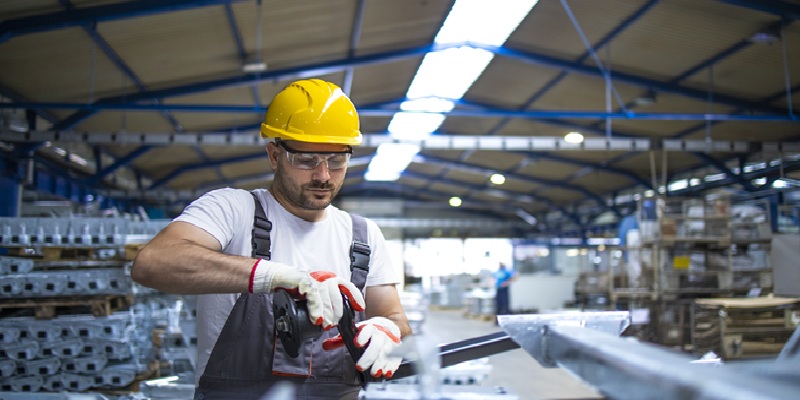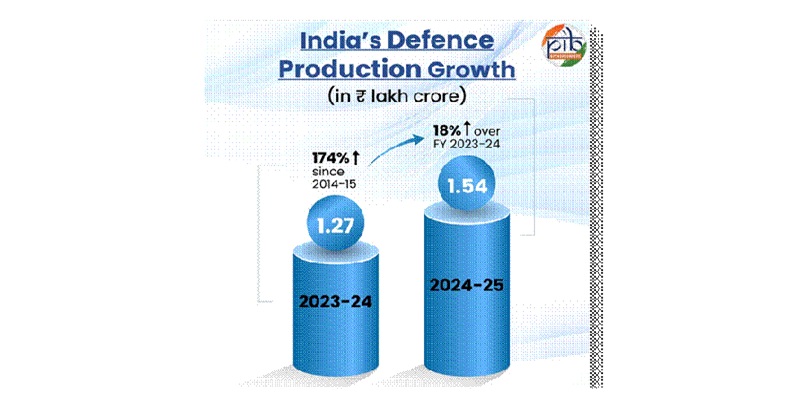Schedule a Call Back
Optimised Pre-treatment of Interior Components Before Painting
 Technical Articles
Technical Articles- Oct 03,11
CO2 snow jet system cleans high-gloss plastic parts at VW
For about a year now, Volkswagen Plastics Technology in Braunschweig in Germany has been using the CO2 snow jet technique developed by advanced clean production GmbH (acp) to clean interior components before painting. Apart from aiming to improve quality, the main reasons behind the investment were cost-efficiency, sustainability, and ease of automation and the low space requirements of the cleaning system. The process also enables high-gloss injection moulded components to be cleaned gently and efficiently before a single layer of metallic paint is applied.
A corporate philosophy of Volkswagen is to increase sustainability and cost-efficiency as well as to constantly improve quality and work conditions. The development and manufacture of interior components such as panels, trims, ventilation grilles and air diffusers at Volkswagen Plastics Technology, which no longer need to be painted or only require the application of a single layer of paint, are additional factors. One of the components produced is a decorative panel made of ABS-PC blend (ABS - Acrylonitrile-Butadiene-Styrene, PC - Polycarbonate). Although the part already has a high-gloss surface on leaving the injection-moulding machine, it is subsequently coated with a layer of high-gloss metallic paint to give it a sophisticated finish.
Efficient Cleaning Required which is Gentle on Materials
 As the paint is applied without an undercoat, the tiniest dust particles or watermarks would cause rejects. Thus a cleaning solution was needed which was not only fast, economical and reproducible, but also dry and gentle on materials. At the same time, the cleaning system had to fit into a small space and be integrable into the painting process. These demands could be fulfilled by the dry, environmentally-neutral CO2 snow jet technology from acp. Extensive series of tests on high-gloss components and "conventional" plastic parts showed that the cleaning process was capable of attaining the level of cleanliness required to pre-treat the entire spectrum of components to be painted.
As the paint is applied without an undercoat, the tiniest dust particles or watermarks would cause rejects. Thus a cleaning solution was needed which was not only fast, economical and reproducible, but also dry and gentle on materials. At the same time, the cleaning system had to fit into a small space and be integrable into the painting process. These demands could be fulfilled by the dry, environmentally-neutral CO2 snow jet technology from acp. Extensive series of tests on high-gloss components and "conventional" plastic parts showed that the cleaning process was capable of attaining the level of cleanliness required to pre-treat the entire spectrum of components to be painted.
Residue-free and Environmentally Neutral
In contrast with a CO2 dry-ice jet, the cleaning technique uses liquid carbon dioxide as a medium, which is stored in tanks at Volkswagen Plastics Technology. Produced as a by-product in the chemical industry, it is environmentally neutral and gentle on resources.
Thanks to the supersonic two-component ring nozzle located in the compact cleaning head, the modularly-constructed CO2 snow jet system manufactured by the Esslingen-based company has a high cleaning power despite relatively low carbon dioxide requirements,. Liquid carbon dioxide expands on exiting the nozzle to form a mixture of snow and gas, which is the core jet. Oil-free compressed air is fed to the core jet as a jacketed jet, accelerating the non-toxic, non-combustible snow crystals to supersonic speed. When the easily-focused jet impacts on the surface of a component, the combination of mechanical, chemical and thermal forces cleans off particulate and filmy contamination without leaving any residues. In the process, the low degree of hardness of the tiny non-abrasive snow crystals ensures that even high-gloss surfaces keep their quality and remain undamaged during cleaning.
Series Operation with Optimum System Configuration
The project managers at Volkswagen and acp developed a customised system configuration in line with the range of components produced at Plastics Technology in Braunschweig. It is made up of a nozzle array containing seven cleaning nozzles and controlled by a robot. Workpiece-specific cleaning programs are filed for each of the approximately 20 different interior components, which need to be cleaned. The cleaning system has been integrated into a booth fitted with a continuous extraction unit. This prevents cleaned parts from becoming recontaminated by dirt, which has been removed. The CO2 snow jet system has been running in three-shift series operation at the Volkswagen works in Braunschweig since August 2010. Several thousand plastic parts are cleaned by it every day. Apart from the advantages of the cost-benefit comparison and a higher, reproducible cleaning quality, the CO2 snow jet cleaning has also enabled reject rates to be lowered by around 3%.
(For further information contact: Doris Schulz, Schulz. Presse. Text, Germany, Email: )
SPS/IPC/DRIVES 2011 - the Specialised Automation Show
 SPS/IPC/DRIVES is the exhibition for electric automation technology. It covers all components down to complete systems and integrated automation solutions. Andrew Fallows, Sales Director, Motor Technology Ltd, UK describes it as best exhibition for a focused look at the automation market in Europe. In the rapidly evolving arena of automation, the engineer-to-engineer relationship is extremely important and calls for a high level of personal interaction. That perhaps explains the popularity of this event. When engineers have a problem they want to talk with someone who has deep knowledge of products and applications, which is what exhibitions offer at a single venue.
SPS/IPC/DRIVES is the exhibition for electric automation technology. It covers all components down to complete systems and integrated automation solutions. Andrew Fallows, Sales Director, Motor Technology Ltd, UK describes it as best exhibition for a focused look at the automation market in Europe. In the rapidly evolving arena of automation, the engineer-to-engineer relationship is extremely important and calls for a high level of personal interaction. That perhaps explains the popularity of this event. When engineers have a problem they want to talk with someone who has deep knowledge of products and applications, which is what exhibitions offer at a single venue.
This annual event held at Nuremberg, Germany, is gaining in popularity with every successive edition, having attracted over 50,000 visitors in the 2010 event. There were a total of 1,323 exhibitors, covering a space of 94,155 sq.m. The trade fair and its adjoining conference are the ideal platform for comprehensive information on products, innovations and current trends within the electric automation industry. Hence it gives an overview of the entire market. This year it is scheduled from November 22-24, 2011.
The exhibitors - manufacturers of electric automation technology - present products and services from the following sectors:
??Control technology
??IPCs
??Drive systems and components
??Human-machine-interface devices
??Industrial communication
??Sensor technology
??Industrial software
??Interface technology, and
??Electromechanical components and peripheral equipment
According to the organisers, Mesago Messemanagement GmbH, this year's show will be bigger and more international than ever before. For the first time it will cover 12 exhibition halls and more than 100,000 sq.m of exhibition space. Almost 1,400 exhibitors from home and abroad are expected to attend the event.
With all the key players in the sector represented again this year, SPS/IPC/DRIVES 2011 promises to provide the most comprehensive overview of electric automation related products and solutions ever. Companies from almost 40 countries will be exhibiting at SPS/IPC/DRIVES 2011, representing an increase of 20%. 
Following 2010's record total visitor number, more than 50,000 visitors are likely to attend again this year. About 20% of the visitors are expected to come from abroad and the proportion of international trade visitors continues to increase. Four user sessions have been included in the conference program for the first time this year.
These will give users the chance to show how certain applications can be achieved innovatively and successfully. The sessions will encourage intensive dialogue between conference visitors and users, and promise interesting field reports. The complete SPS/IPC/DRIVES 2011 conference program comprises 69 seminars on topics of electric automation technology, one trend session and three tutorials.
For further up-to-date information on the exhibition and conference go to www.mesago.com/sps
Related Products
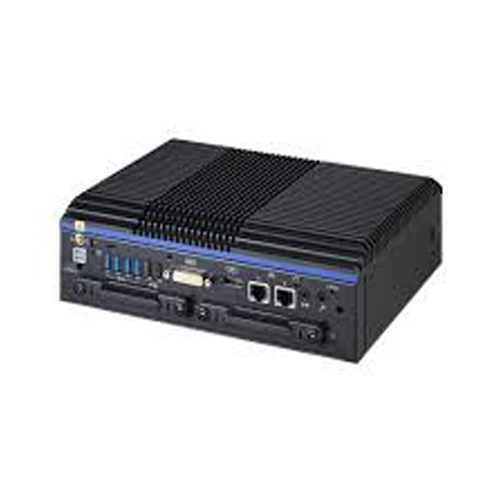
Fanless Industrial Pc for Smart Manufacturing
CONTEC Launches BX-M4600 Series - Fanless Industrial PC for Smart Manufacturing.
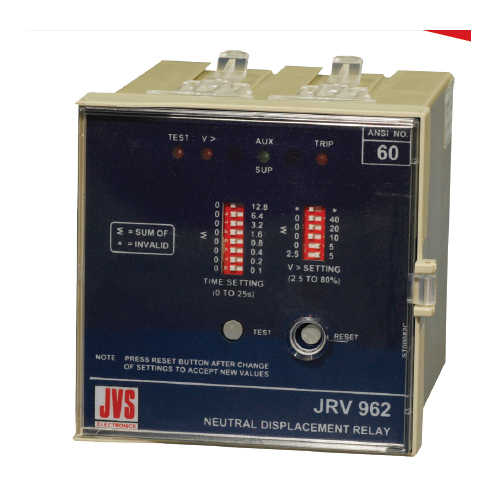
Single Pole, Neutral Displacement Relay
JVS Electronics
Pvt Ltd offers a wide range of single pole, neutral displacement relay -
JRV 962.
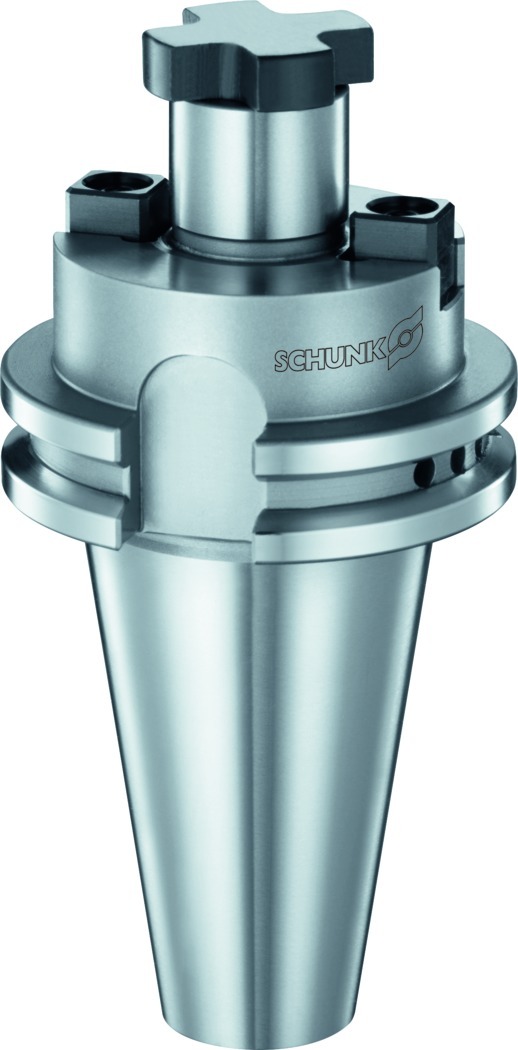
Face Mill Arbors
Schunk Intec India Pvt Ltd offers a wide range of face
mill arbors.





